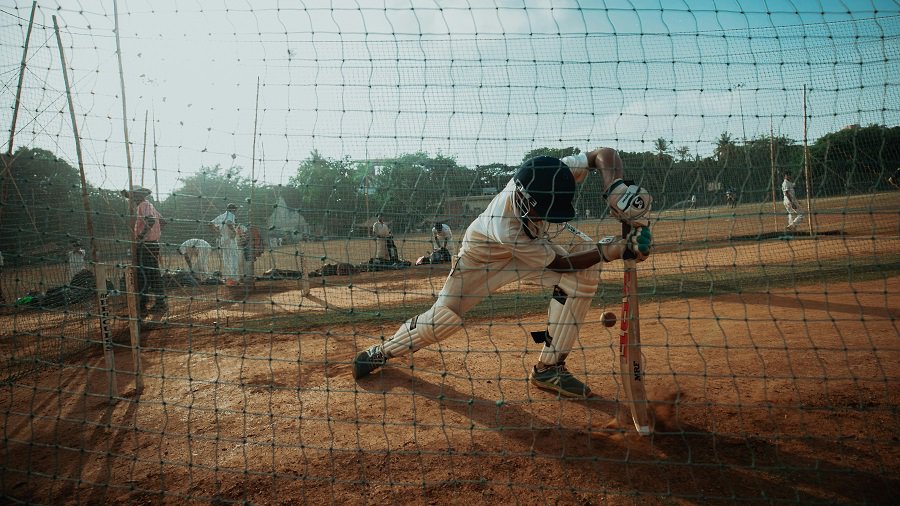Spread betting is slowly gaining a lot of popularity in cricket and if you are one of those looking to understand this a lot more deeply in a bid to make your cricket betting more exciting, we have it explained here for you.
A note of caution before we begin.
What we would recommend is for you gain some amount of mastery over fixed odds cricket betting in general by going through our guide on what’s cricket betting, what’s cricket betting odds, understanding the importance of bankroll management, a much desired in-play betting strategy before understanding what’s cricket accumulator betting.
And once you have understood and used these concepts in cricket betting is only when we would want you to look at spread betting in cricket.
What is Spread Betting in General?
Spread betting is a form of financial speculation that allows individuals to bet on the price movements of various financial instruments, such as stocks, currencies, commodities, market indices as well in sports betting.
It involves making predictions on whether the price of an asset will rise or fall and placing a wager based on the accuracy of that prediction. Unlike traditional forms of betting or investing, spread betting allows participants to profit from both upward and downward price movements.
Now, let’s delve into what spread betting means in the context of sports.
Spread Betting in Sports
Spread betting in sports is a unique way of wagering on the outcome of a sporting event. In traditional fixed odds betting, you bet on a specific outcome, such as Team A winning or the total score exceeding a certain number of points/runs.
Spread betting, on the other hand, introduces a “spread” or a range of outcomes.
In sports spread betting, a bookmaker sets a predicted margin of victory or defeat (the spread) for a particular event. As a bettor, you then decide whether you believe the actual outcome will be above or below the predicted spread. The objective is not just to predict the winner, but to forecast the margin of victory or defeat.
In essence, in sports spread betting, the more accurate your prediction is in relation to the spread, the more you stand to win.
Conversely, the more your prediction is off, the more you can lose. It adds an extra layer of excitement to sports betting by incorporating the element of precision in predicting the margin of victory or defeat
What is Spread Betting in Cricket?
Similarly, spread betting in cricket in particular is a way of punting on the sport whereby it’s not just about getting the prediction right but also about getting the accuracy of it.
So while in normal, fixed odds betting that has been discussed throughout this site under our betting 101 section, you just need to get the selection correct, spread betting allows you to make more profits (or suffer more losses) with the degree of prediction.
Example of Spread Betting in Cricket
Suppose Team A will be playing Team B in a T20 game and the bookmaker is offering a spread of 13-14 for Total Sixes in the match.
You can either buy the market, if you believe that the number of sixes hit in the game will be more than 14. Or you can sell it if you believe there will be less than 13 sixes in the encounter.
Now, if you buy the market with 10 units of cash on it and the match finishes with 16 sixes in the encounter, you would end up winning the bet and earning 10X(16-14)=10X2=20 units of cash.
If the match ends with 14 sixes, you end up without making or losing money while if there are, say, just 11 sixes in the match, you would lose 10X(14-11)=30 units of cash. Yes, that’s right, you might have bet 10 bucks but your loss would be 30 bucks!
Which is why we had said it earlier, it’s best to gain mastery over cricket fixed odds betting to begin with before turning towards this riskier way of betting.
A Case Study of Spread Betting in Cricket
There is a well-chronicled story about how spread betting bookmakers went so off the mark during a cricket tournament that they ended up suffering huge losses.
This came at the 1999 World Cup and the bookmaker in question was Sporting Index.
To give you a bit of a background, that tournament was to be played in the UK and for the first time – and as it would later turn out, the only time – a cricket World Cup used the white Dukes ball.
The white Dukes ball has a pronounced seam and moves around a lot, making scoring very difficult for the batters. This was evident from the kind of scores on offer during the tournament.
What it also does, however, is to swing and seam around for a long time into the innings, making life difficult for seamers to control it. This was a vital piece of information that in those pre-freely-internet-days wasn’t very well-known to those having a cursory knowledge about the game.
One of the spread betting markets on offer at Sporting Index for the 1999 World Cup was the wides spread and the bookmaker had, based on prior World Cup data, pegged the value at 245-265.
Here, to explain further for those who are only just learning about spread betting, what it meant was that if a punter bought 10 units of currency and the tournament ended on 270 wides, he/she would have stood to gain 10X(270-265) = 50 units. Similarly if the tournament ended on 260 wides, he/she would have lost 10X(265-260)=50 units.
On the other hand, if a punter sold 10 units of this market and the tournament ended with 237 wides, he/she would have earned 10X(245-237)=80 units. Similarly if the tournament saw 251 wides, it would have led to a loss of 10X(251-245)=60 units.
Going back to what actually happened was that Sporting Index failed to account for the English conditions in May and June – when the World Cup was going to be played – and the white Dukes ball which moved around more than it ever did in any World Cup.
In the very first match of the 42 that were to be played, a total of 21 wides were bowled. This dropped to 14 in the second but with Zimbabwe and Kenya featuring in the third match, 41 more followed in that game. This was followed by:
- 26 in the fourth
- 43 in the fifth
- 9 in the sixth…
…and by the 10th match, the total wides had risen to a whopping 251! Anyone who had been foolish enough to sell the market at 245-265 had already started bleeding money but more vitally, those who had bought this market knew they were in for a windfall.
The tournament ended with 842 wides in total, and anyone who might have bought the market at even a small sum of 10 GBP would have gone home richer by 5770 GBP!
Interestingly, Racing Post’s deputy sports editor in those days was Paul Kealy, who saw this glaring chance and put up this tip in the paper. Anyone and everyone who got their hands on the paper, called up Sporting Index to put money on the wides market and nothing.
This forced Sporting to increase the market to 345-365 in a manner of minutes and by the time the 1999 World Cup had begun, it had further increased to 500.
That didn’t help Sporting too much who lost a whopping £700,000 by the time the tournament had ended to this market alone!






